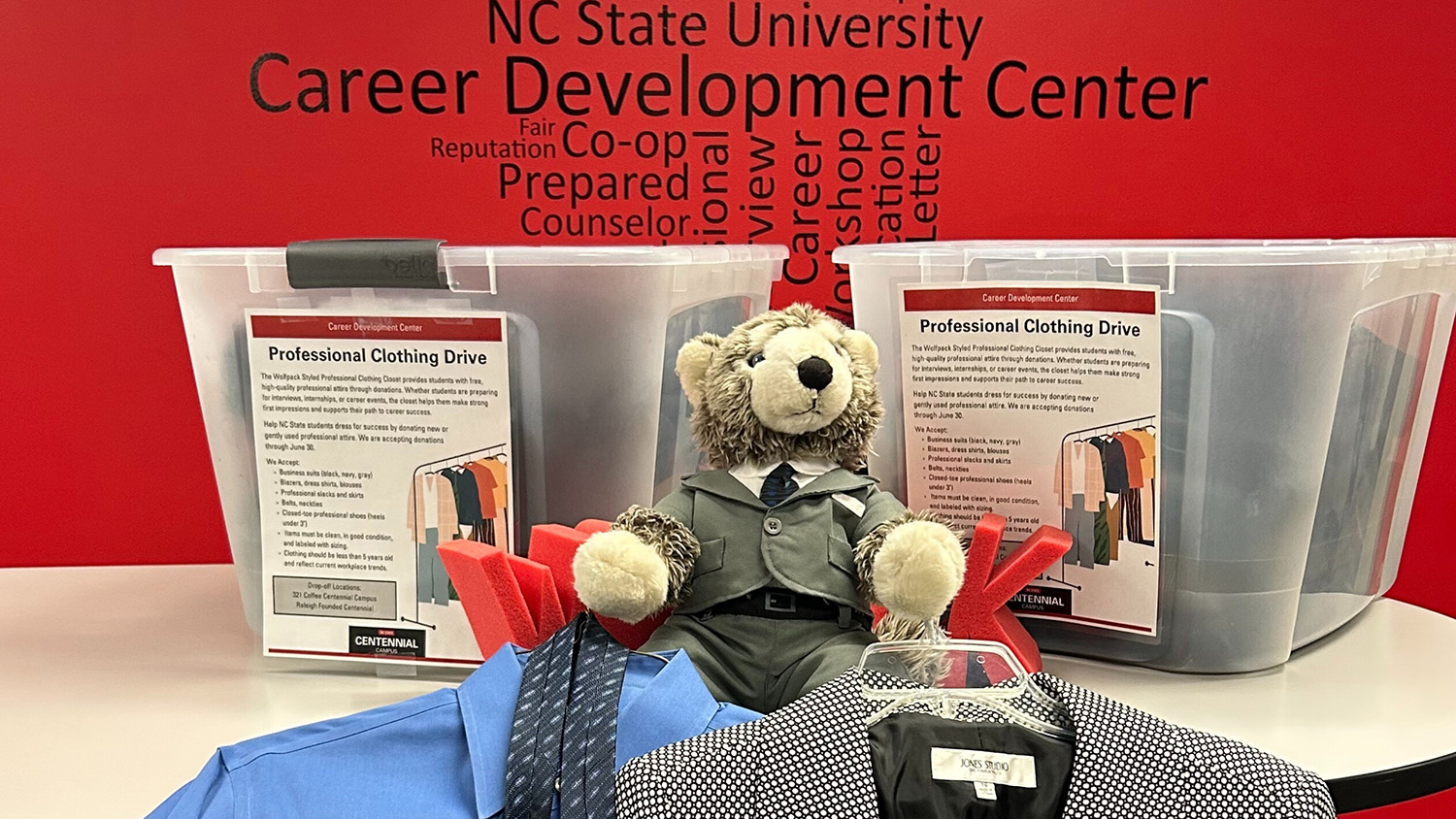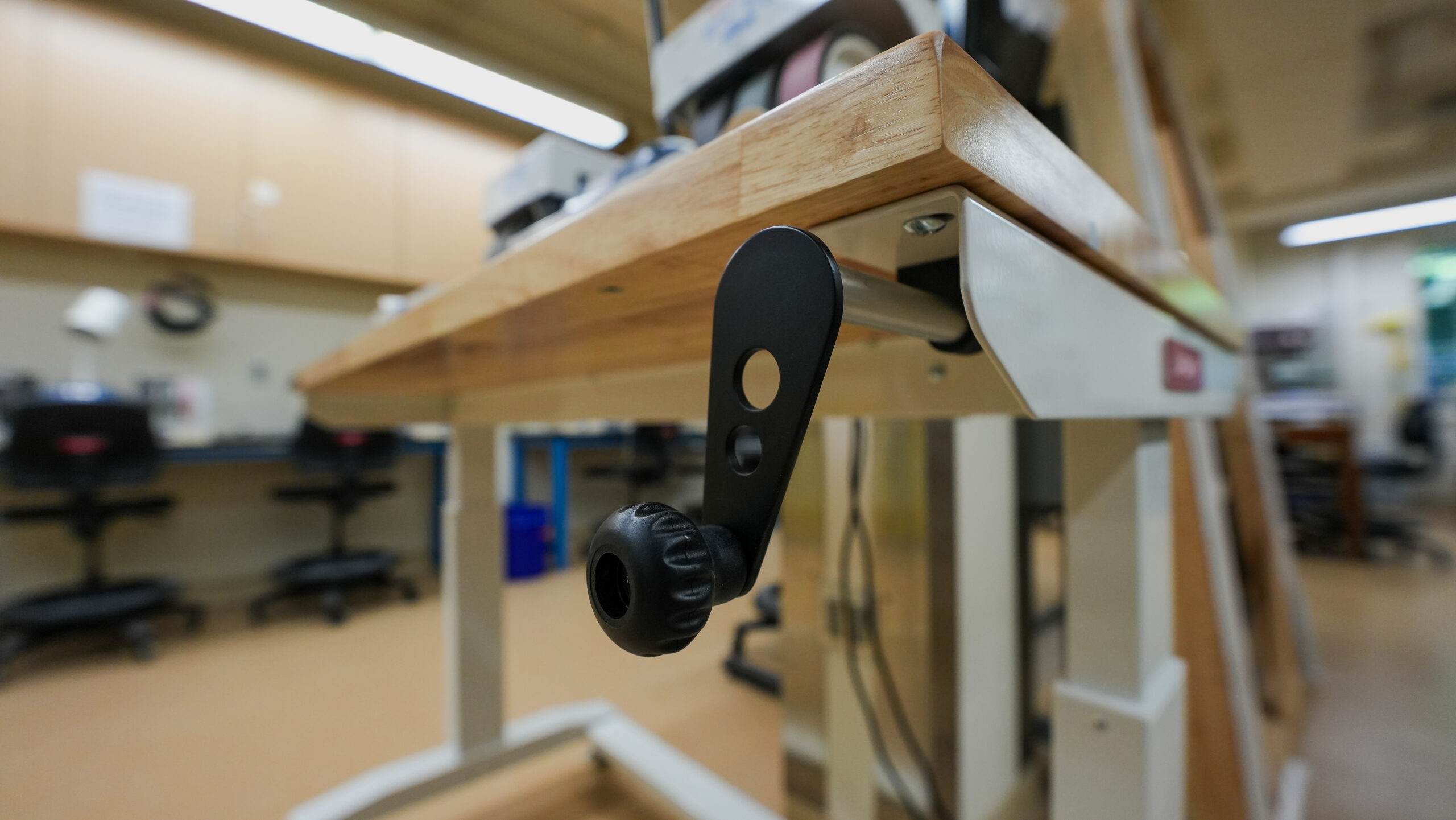Dear Student: Support, not Shame

Our “Dear Student” letters are intended to provoke mental health awareness, reflection, and discussion about your experiences of culture, community, and identity here at NC State. It is also an invitation to join with us or others in your life around these challenging conversations.
Letter #2
Dear Student,
In this letter we’d like to talk more about the role of shame in the process of self expression—what it is, how it occurs, and what we can do to healthily respond to it. Let’s start with a description of what shame is. While there are many facets to shame—it’s a thought and an emotion that comes with behavioral responses— it’s essentially the experience of feeling and being seen as inferior, inadequate, or less-than. It’s the sense of being alienated and utterly alone in the universe. It’s the impulse to look away, hide our face, or disappear into a hole.
Shame and guilt often get confused, but they’re not the same. In guilt we might think “I have done something bad,” whereas in shame we believe that “I am bad.” It’s not about what I did; it’s about who I am. This universal emotion also exists on a continuum, which can run from mild embarrassment to humiliation or mortification. And there are a myriad ways we defend against shame. We might withdraw, try to be perfect, go into a rage, or numb ourselves with alcohol or drugs, to name just a few responses. But whatever the approach the aim is always the same: to not have to experience the often excruciating feeling of shame and to avoid being seen by others as somehow not “measuring up” or being good enough.
Shame is also a relational emotion. The psychologist Gershen Kaufman describes it as a “rupture in the interpersonal bridge” and “a wound felt from the inside, dividing us both from ourselves and from one another.” Shame not only disrupts our capacity to exist within our own skin, it can also get in the way of us being meaningfully connected to others. When we’re stuck in shame, our thinking might go something like this: if I let you really see me—including and especially the parts of me that I feel are broken, ugly, and unlovable—then you will not like or accept me. And then I might lose or be rejected by you. Is this sounding familiar yet?
Now let’s talk about how shame connects to culture and identity. Think of a student who identifies as transgender. Next, consider the cultural field within which this student lives. While progress has been made in recent years in creating a culture of acceptance for transgender individuals, the messages they may be drinking in from other students, family members, public figures, discriminatory legislation, and the culture at-large are often the opposite. In short, it’s the message that “what I am” is not acceptable. That there’s something wrong with me. That I don’t belong. Or, as the psychologist Robert Lee describes it, “that this is not my world.”
Can you see the connection? How does one “come out” and express this part of their identity when what they are is not welcome or seen as inferior or wrong? This is one way that shame can emerge. Moreover, we can see in this example how shame—which often compels us to want to hide and not be “seen”—can also be a creative, protective, and healthy response to living in a world where we do not feel safe, accepted, or welcome.
Shame about one’s identity can also manifest in more subtle, less explicit ways. For example, some African American students who have sought support at the Counseling Center have talked about the challenge of being a person of color on our predominantly white campus. The scholar and civil rights activist W.E. Du Bois described the unique “double consciousness” that many African Americans experience, where they not only see themselves through their own eyes but also have “the sense of looking at one’s self through the eyes of others.” In this country, these “eyes” have historically been White eyes, which have too often looked down upon Black Americans, seen them as violent or threatening, and not as equals, worthy of the same dignity and respect that is every human being’s birthright. When a person is chronically seen and treated as inferior it should be no surprise that they might be more susceptible to experiencing themselves in precisely this way. Looking through the lens of shame, it’s no accident, then, that the Black Pride movement that began in the sixties and lives on today is all about celebrating, owning, and expressing one’s identity. How else does one combat the message that being Black is somehow wrong, ugly, and not as good as being White?
We could go on with more examples: growing up in poverty, using a wheelchair, being an undocumented immigrant, identifying as Muslim, or struggling with depression. Name any piece of identity—visible or invisible—and there is likely to be a way that one can experience shame about it if support and acceptance in the environment are lacking. And White, heterosexual, males are not immune to identity related shame either. As the culture has shifted, we’ve met with many students who identify this way who have experienced feeling two-dimensionalized and demonized, seen only as The Problem with America, responsible for every ill and injustice in our country, past and present. We are all complex beings with multiple and often seemingly contradictory identities. Whenever we fail to see the complexity and three-dimensionality of another person, we reduce them and do a kind of violence to their humanity.
So what can we do? The answer is simple but not easy. In essence, the antidote to shame is support. It’s about creating a campus culture where every student, no matter their background or identity, is treated with respect and dignity. This doesn’t mean you have to agree with or even like everyone you come across. But it does mean you can still treat them like a human being who, just like you, is worthy of love and respect. Becoming resilient to shame is also about being able to identify when you’re experiencing it and, when possible, to name it out loud with trusted others. Sharing our shame with another person is a risk and it takes courage to take the leap. But this is how we reestablish contact and “restore the interpersonal bridge” of connection. And here’s something else that’s true: we’re both all the same and all different, all at the same time. And, like it or not, we’re all in this thing together.
Until next time,
Your Counseling Center
In an effort to let everyone be free from shame, let’s respect the pack.
- Categories:


